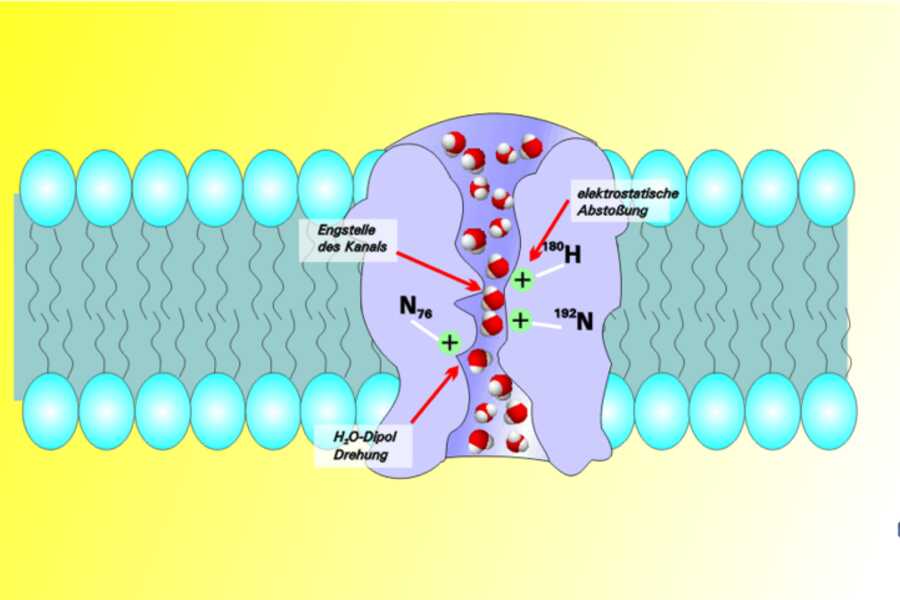The first example we found that could help us was fungal enzymes. Plastic laminates, stickers and food packages are difficult to separate from their non-paper components. Given the low value of these components, there has been almost no successful research on the field. Fungal enzymes degrade organic matter into useful nutrients, making easy the separation of the plastic. Now we can reuse and recycle them.
Another interesting fact we used was the purifying properties present in the structure of a cell. Some proteins entitled to transport the water from one cell to another also purify this water. There is already a patent that explains how we can apply this to solve technical problems, so our group found this example very useful.
Lastly, we looked up some books to see if we could find examples of inspiring animal behaviors. Since none of the members of the group had deep biological knowledge, this was a hard task. However we found one example: crows use urban garbage to build nest. This is a clear case of reusing waste.
Now we have a clearer idea of how we can include biomimicry aspects in our design.


